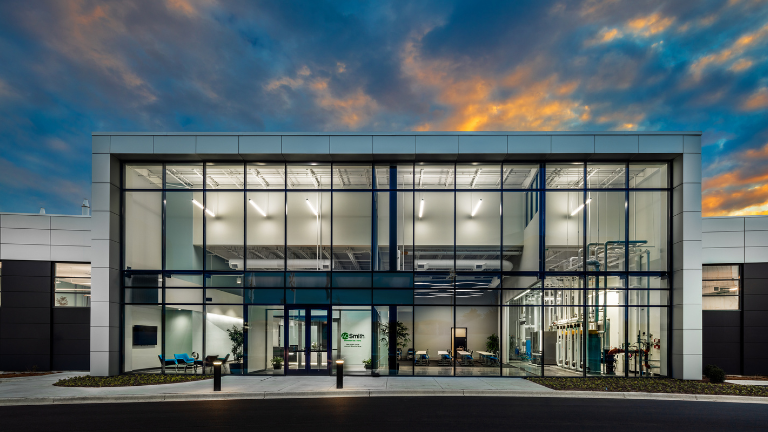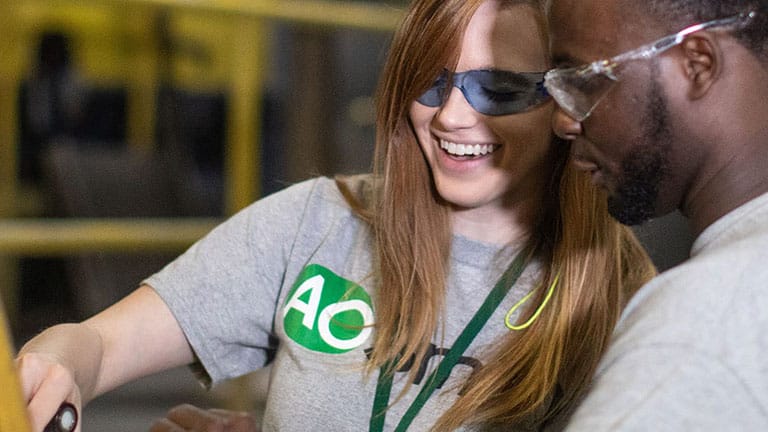
A. O. Smith Careers
At A. O. Smith, innovation is in our DNA. We are passionate about taking care of our customers, and we live our values every day.
We’re Passionate About Caring for Customers

Responsive Services & Support
We go above and beyond to provide responsive services and offer the industry’s best technical support
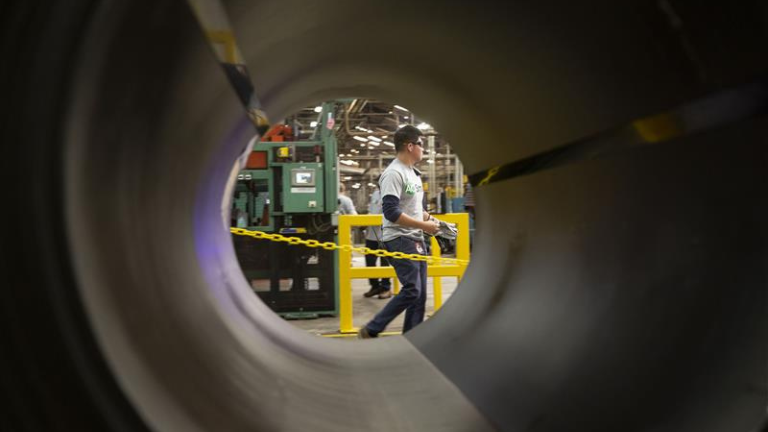
Opportunities to Learn & Grow
We care about your career. As we grow, so will you.
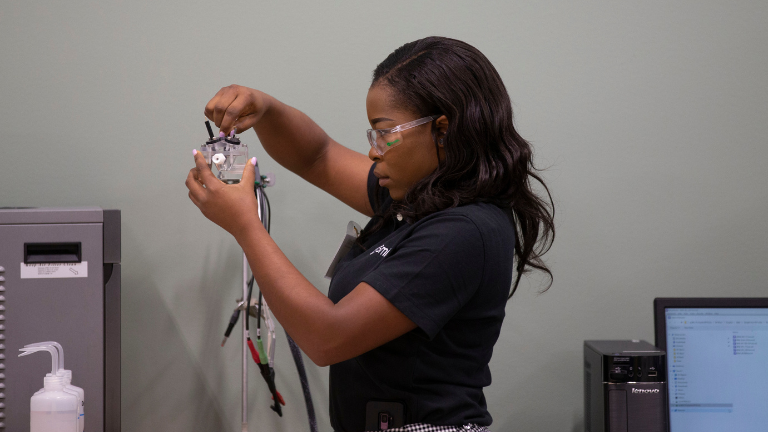
Innovation is in Our DNA
We continually work to develop the next generation of updated water heating and water treatment technologies.
WE LIVE OUR VALUES EVERY DAY
Our values have been the foundation of A. O. Smith since 1874 and will sustain our company for years to come. Our values are:
Sustainability
At A. O. Smith, we are committed to investing in environmentally sustainable and efficient technologies to heat and treat water.
About A. O. Smith
For more than 150 years, A. O. Smith has delivered innovative solutions to millions of consumers, business owners, property managers and professionals worldwide.
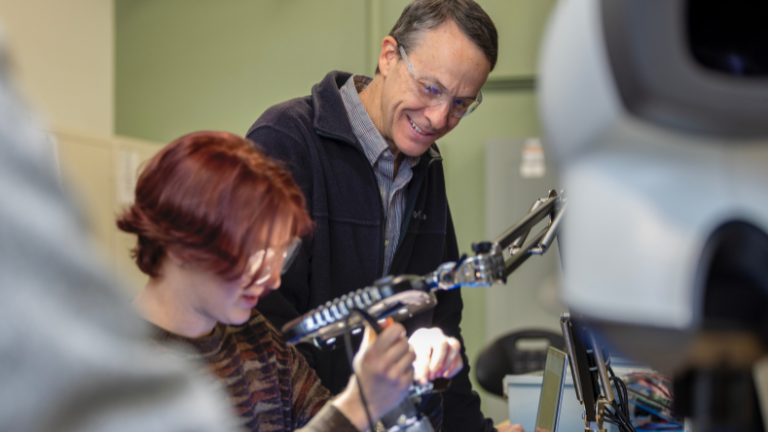
A Global Leader in Innovative Technology
- More than 12,700 employees worldwide
- Over $3.8 Billion in Sales
- In 60 countries worldwide


Join the A. O. Smith Talent Community
Looking to stay informed about new opportunities at A. O. Smith? Joining our Talent Community is a great way to stay up-to-date.






